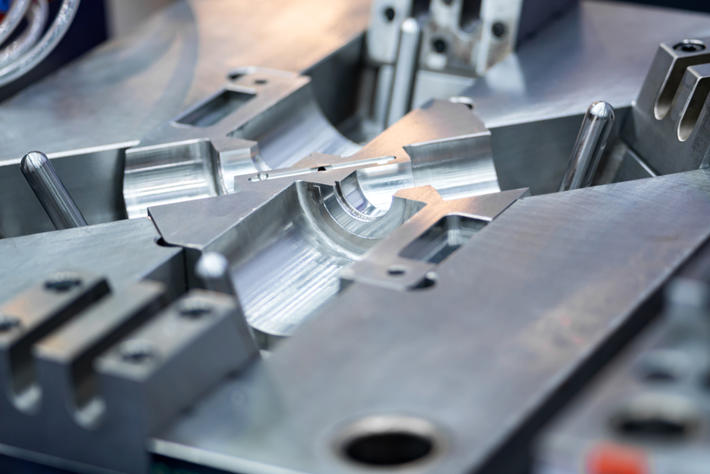Overview
Pressure die casting is a popular manufacturing process that is used across various industries, including automotive, aerospace, and consumer goods. It involves injecting molten metal into a mold under high pressure and then allowing it to cool and solidify. The end product is a highly precise and intricate component that is used in a wide range of applications.
However, to ensure that the pressure die casting process produces high-quality and consistent parts, it is essential to have the right tools and equipment. One critical component of the process is the coat for pressure die casting, which plays a vital role in enhancing the quality and performance of the final product. In this article, we will explore the importance of the coat for pressure die casting and how it can help improve the manufacturing process\’s overall efficiency.
What is a Coat for Pressure Die Casting?
A coat for pressure die casting is a protective layer applied to the die in which the molten metal is injected. The coat is designed to protect the die from the high temperatures and pressures involved in the casting process and prevent the molten metal from sticking to the surface of the die. The coat also helps to reduce the wear and tear on the die, prolonging its lifespan and ensuring consistent quality in the finished product.
Importance of a Coat for Pressure Die Casting
The coat for pressure die casting is critical to the overall success of the process. Without a proper coat, the die can become damaged and unusable, leading to increased downtime and higher costs. Additionally, a poorly applied or ineffective coat can result in defects in the final product, reducing its quality and performance.
By using a high-quality and durable coat for pressure die casting, manufacturers can ensure that their products meet the required specifications and standards. A good coat will also reduce the likelihood of defects and improve the manufacturing process\’s efficiency by reducing the need for maintenance and repairs.
Types of Coats for Pressure Die Casting
There are several types of coats that can be used for pressure die casting, each with its own unique properties and benefits. Some common types of coats include:
1. Graphite: Graphite coats are popular for their high thermal conductivity and resistance to thermal shock. They are also highly resistant to wear and tear, making them ideal for high-volume production runs.

2. Ceramic: Ceramic coats are known for their toughness and can withstand high temperatures and pressures. They also offer excellent release properties, preventing the molten metal from sticking to the die.
3. Refractory: Refractory coats are designed to withstand extreme temperatures and are often used for casting non-ferrous metals. They are also highly resistant to thermal shock and provide excellent release properties.
4. Water-Based: Water-based coats are environmentally friendly and easy to apply. They are also highly effective at preventing the formation of flash and reducing the need for cleaning and maintenance.
Conclusion
In conclusion, the coat for pressure die casting is an essential component of the manufacturing process. By using a high-quality and durable coat, manufacturers can ensure that their products meet the required specifications and standards while reducing downtime and maintenance costs. With a better understanding of the different types of coat for pressure die casting available, manufacturers can select the best one for their specific needs and improve the overall efficiency of their manufacturing process.
-

- Thixomolding parts & components mobile phone middle board processed
-

- Factory Custom China Bmx Cycles Road Sport Kids Bicycle 12 16 18 20 Inches Cycle Mtb Երեխաների համար 6-10 տարեկան
-

- CNC մշակված մասեր Ղեկի բրա
-

- parts&comopnents for bicycle suspension fork for MTB
-

- Magnesium alloy die-casting rigid fork for bike
-

- Մագնեզիումի համաձուլվածքի թիքսոմոլդինգ ձուլման անօդաչու թռչող սարքերի մասեր

 0086-750-5616188
0086-750-5616188 +86 13392089688
+86 13392089688 sales@zhongmei-tech.com
sales@zhongmei-tech.com







